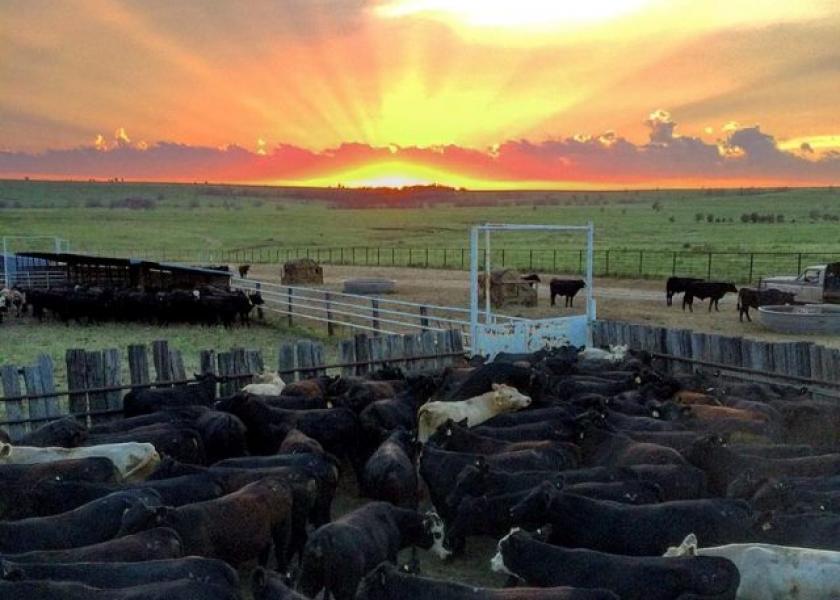Peel : Beef Trade Reacts as Expected

Declining cattle numbers has led to a year over year decrease in beef production and higher wholesale and retail beef prices. Under those market conditions, beef exports are expected to decrease and beef imports should increase…exactly the outcome observed thus far in 2023. The U.S. dollar has remained generally strong against most currencies adding additional headwinds to exports and increasing the import incentives.
The October livestock trade data showed total beef exports were down 20.5 percent year over year, leading to a year-to-date total that is down 14.9 percent compared to the January-October period last year. Total beef imports for October were up 17.4 percent over one year ago, pushing beef imports thus far in 2023 up 7.9 percent.
South Korea is the largest beef export market in 2023, with total exports down 17.7 percent for the January – October period compared to last year. Japan is a close second place with total beef exports thus far in 2023 down 21.3 percent year over year. China/Hong Kong is the third largest market, only slightly behind Japan, with year-to-date beef exports down 18.8 percent. Taiwan is the other major Asian market for U.S. beef at the number six place, down 5.5 percent so far in 2023. The Asian markets combined account for 69.2 percent of year-to-date U.S. beef exports.
Mexico is the number four beef export destination and is the only major market for U.S. beef with higher exports this year. Beef exports to Mexico are up 13.7 percent year over year. This may reflect general recovery in the market for U.S. beef in Mexico, which has been lower since 2020, and may also be partially due to the Mexican Peso being one of the few currencies that has strengthened to the U.S. dollar recently. Canada is the fifth largest market for U.S. beef with the 2023 total unchanged from last year for the first ten months of 2023. The North American markets (Canada and Mexico) account for 19.0 percent of total beef exports thus far in 2023.
Canada is the largest source of beef imports, with year-to-date beef imports up 2.5 percent year over year. Mexico is the number two beef import source, with total imports thus far in 2023 down 10.5 percent from last year. These two North American sources account for 44.3 percent of total imports in 2023. Australia is the third largest beef import origin and is up 52.3 percent for the first ten month of the year. Australia has been down sharply the last two years due to reduced production in the country but has recovered significantly in 2023.
New Zealand is the number four beef import source and is up 34.2 percent year over year. Australia and New Zealand combined account for 31.4 percent of total beef imports so far this year. Brazil is the fifth largest source of beef imports and is down 9.6 percent from one year ago. Brazil accounts for 12.6 percent of beef imports and combined with Uruguay and Argentina, makes the South American share of beef imports sum to 19.3 percent of total beef imports this year.







